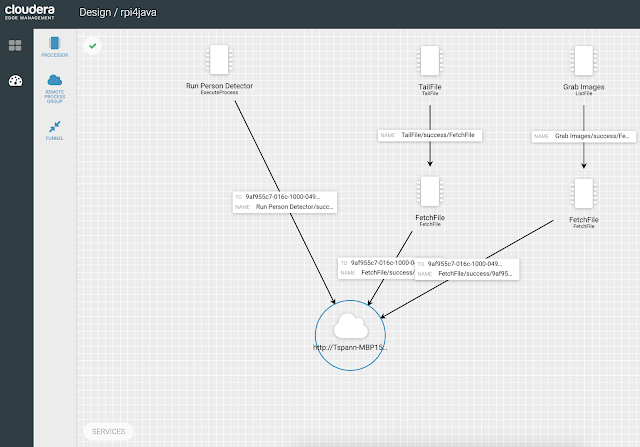The appearance of simple and cheap single-board computers (SBC) was a great promoting factor for the IoT world, providing a possibility to develop a wide range of control systems and devices for industrial, domestic, medical, and other usage. Now, everybody can develop stuff they need for their own needs, contribute to the development of public projects, and use products developed by others.
In this article, we are going to develop a control system to manage basic garden activities, like watering, illumination, etc. To make our application more flexible and expandable, we will develop it as a layered distributed system of loosely coupled components, communicating with each other via a standard (REST in our case) protocol. We will use well-known enterprise technologies, Node.js and React.js, and a Raspberry Pi Zero device for the sensor layer of our application.




